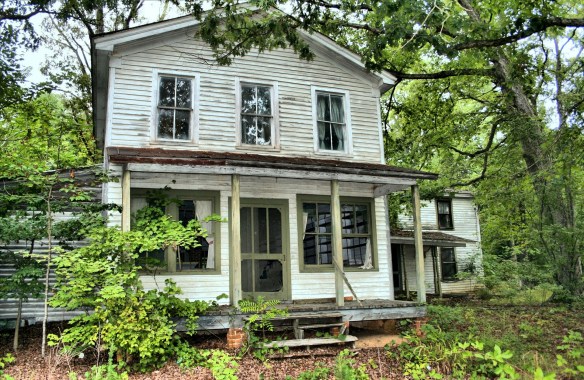The Deseret News quoted me in Why The Young and Old Are Embracing The Rewards of Downsizing. It reads, in part,
Not very long ago, living with less implied money problems or a lack of professional success.
No longer. From younger and middle-aged professionals to retirees, more people are embracing the rewards of “downsizing” — a term that can mean anything from ridding yourself of unnecessary possessions to opting for a less spacious home.
“Downsizing your home can make sense,” said artist and designer Pablo Solomon. “You can save on energy costs, insurance, taxes and upkeep.”
But don’t cart stuff out to the dumpster or plant the “for sale” sign in the front yard just yet. First, consider the varied ways that downsizing can streamline your life.
Home, sweet (downsized) home
One of the most ready targets for would-be downsizers is their home. Perhaps they’ve recently retired and want to retire extensive upkeep responsibilities as well. By contrast, younger people might embrace the greater simplicity that can come from a home that better matches their lifestyle.
But downsizing is not the remedy for other issues, Solomon said, that need a different — and sometimes less costly — approach: “Don’t downsize to be part of a trend or fad or to escape depression or make a ‘statement,’” he said.
Approach downsizing your home as you would any sort of housing decision. Consider space, amenities and any associated costs — only from a particularly budget-conscious perspective.
“Think about the long-term needs you will have for the next 20 to 30 years. Don’t select a place to live temporarily — the costs of moving are high and the cost of buying and selling homes is also high,” said Linda P. Jones, host of the “Be Wealthy & Smart” podcast. “Think before you make a decision and be sure about the move you are making so you won’t have to do it again.”
Another way to approach downsizing a home is what Jodi Holzband of the self-storage search website Sparefoot referred to as “rightsizing” — beginning with basic living requirements and, from there, thoughtfully adding on those features that are of genuine importance.
“Focus first on your needs — essential living items like your bed, clothing and toiletries,” she said. “Then focus on what you love or value — the touchstones of life such as pictures, memorabilia from home, vacation souvenirs, high school pennants and varsity jackets. Look to the space you have and limit what you take in this second category based on space.”
Lastly, don’t ignore possible tax consequences of moving into a smaller space. For instance, retirees who have owned a home for a long time may have acccumulated a great deal of equity. As David Reiss, a professor of law at Brooklyn Law School, noted, capital gains that exceed a certain amount (generally, $250,000 for one person, $500,000 for a married couple) are taxable. Check with a tax professional to gauge your situation.




